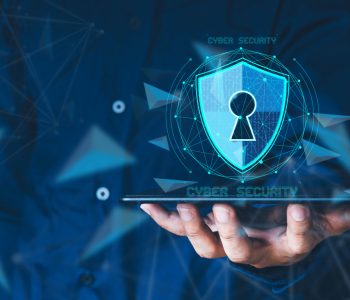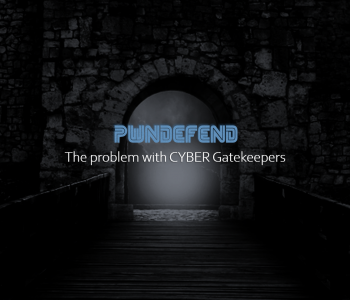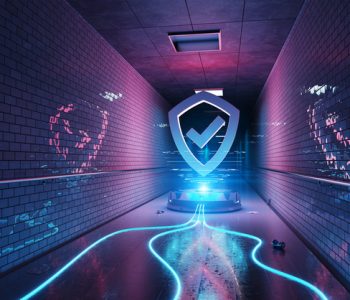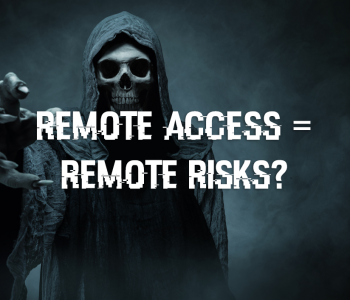
I’m the CEO, why should I care about Cyber…
Introduction
First and foremost, I’m going to start by saying if I include any cliché quotes it’s probably in an ironic context or used to show how they aren’t practically useful. Why are we here? Well, based on the title, it’s because you are either a CEO/MD or you are in a leadership position and want to learn a little more about cyber security.
I’m sure you have read the news, I’m sure you have seen vendor adverts explaining something like:
- Zero Trust
- The Security Skills Gap
- How phishing can be solved through security awareness training (pro tip: it can’t)
And I’m sure someone on your LinkedIn feed you have seen people exclaim all kinds of crazy things like:
- TLS Weaknesses Lead to Ransomware
- Security is Simple (it, I’m afraid, is not)
- Managed Security Service Providers ensure security
Read more “I’m the CEO, why should I care about Cyber Security?”







